Evidence Act 1995 NSW: Case Study on Admissibility of Evidence
VerifiedAdded on 2023/06/12
|5
|1025
|262
Case Study
AI Summary
This case study examines the admissibility of a barman's log entry in an assault trial under the Evidence Act 1995 (NSW). The defense seeks to admit the log, which states that the victim initiated the fight, but the barman is untraceable. The analysis considers sections of the Evidence Act, including Section 78 concerning the admissibility of evidence for understanding a matter or event, and Section 76, the Opinion Rule. Key cases like Lightgow City Council v Jackson and Sherrard v Jacob are referenced to determine whether the log entry constitutes an admissible opinion or an inadmissible representation. The study also discusses the reliability of evidence under Section 165 of the Evidence Act and the directions given to juries regarding unreliable evidence. Ultimately, the study assesses whether the log entry can be considered reliable and admissible in court, given the barman's unavailability and the nature of the statement.
1 out of 5
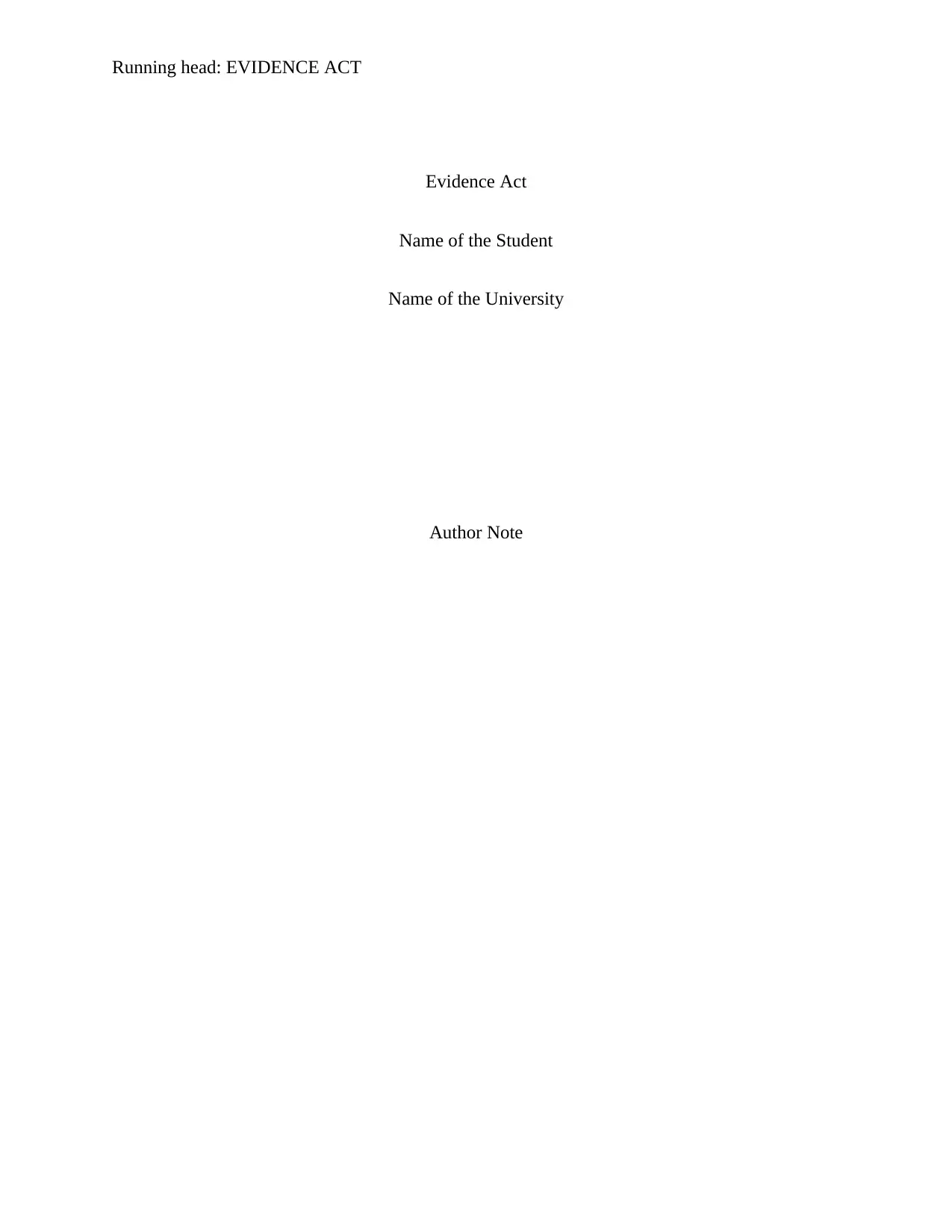
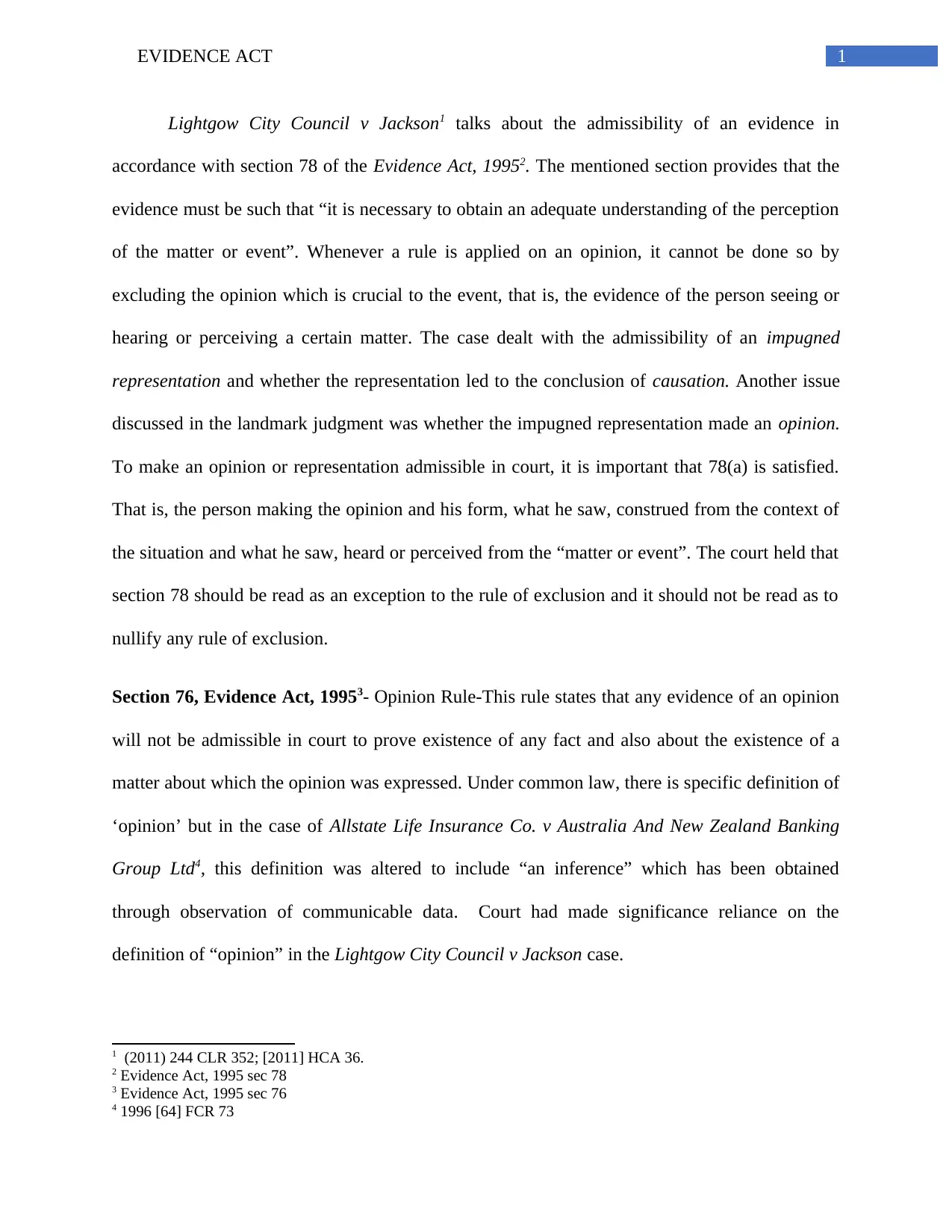
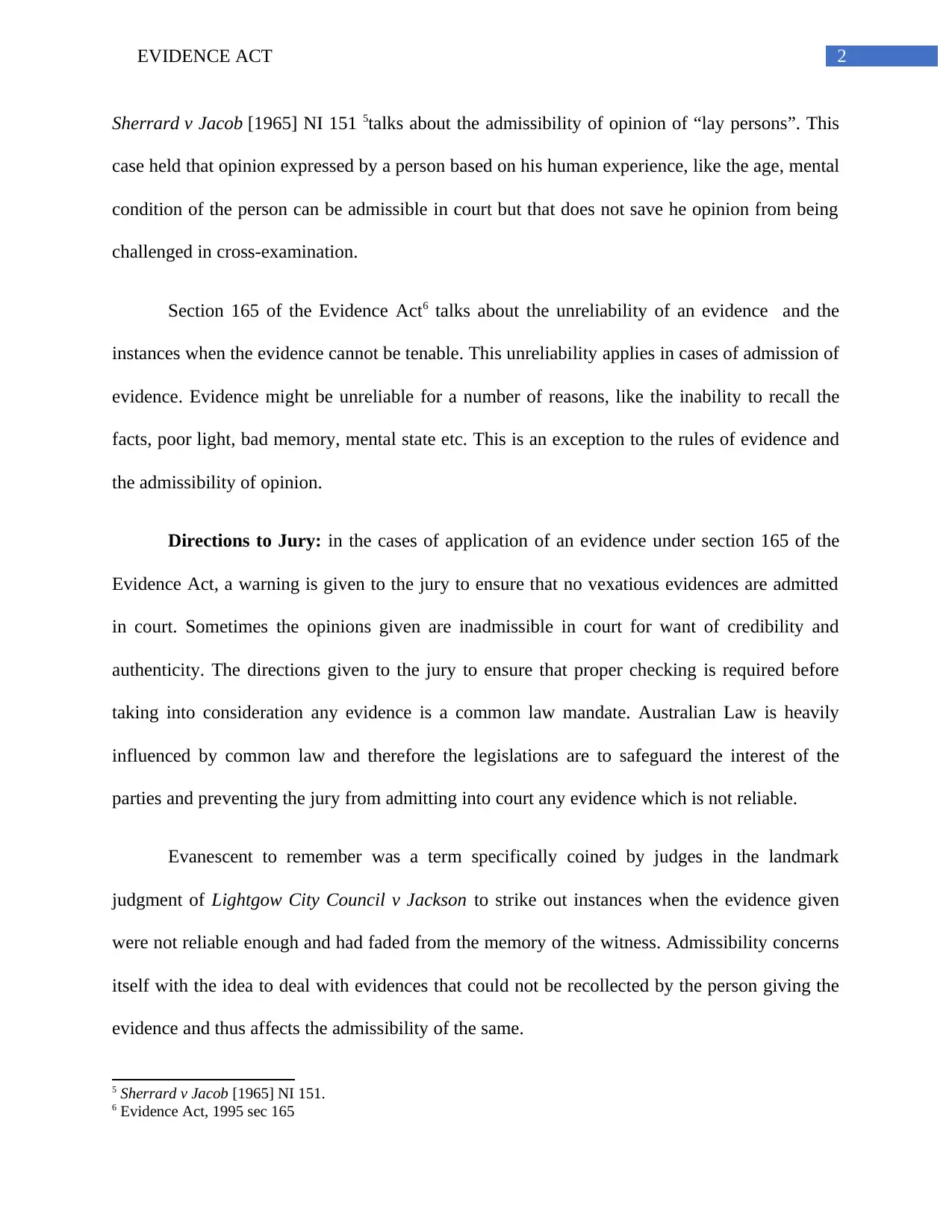

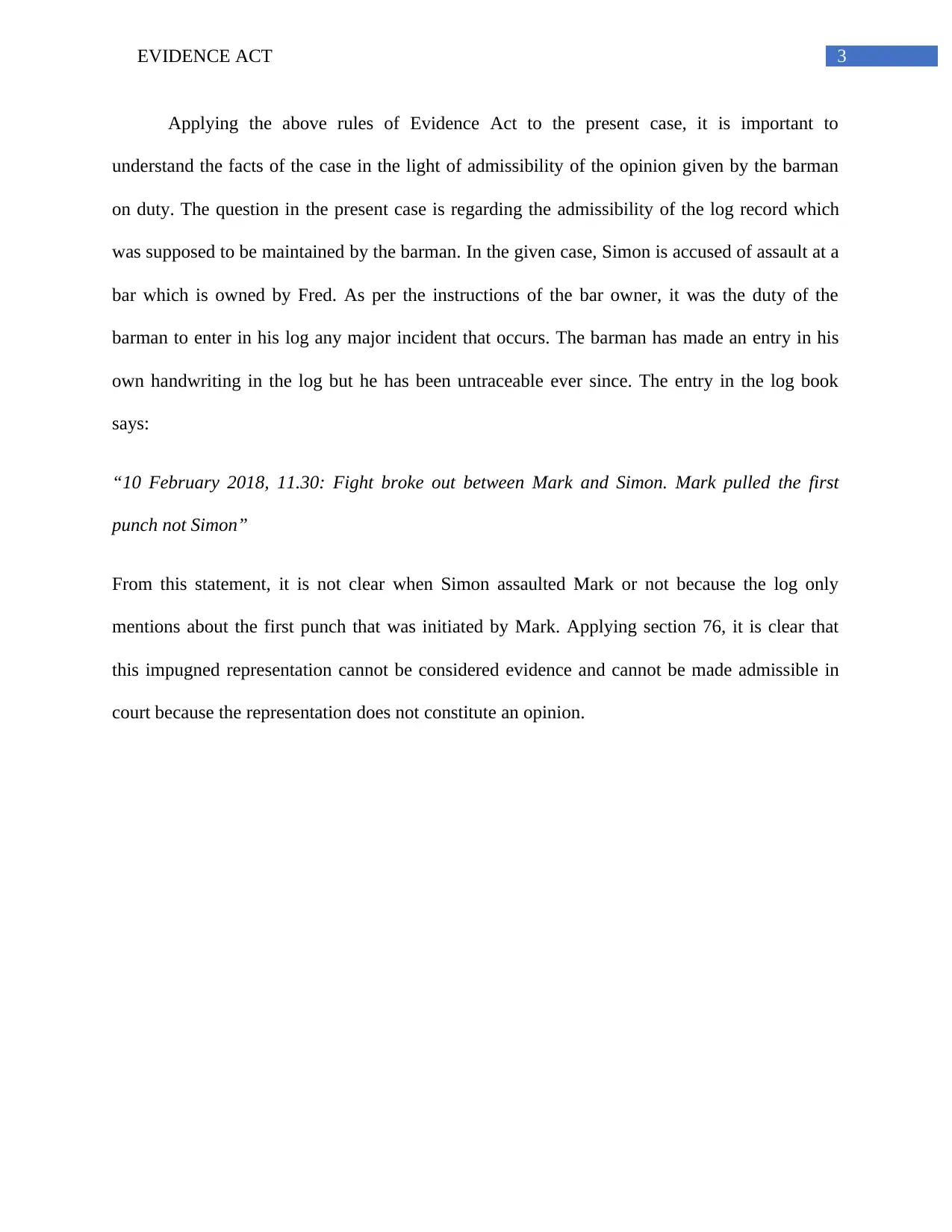
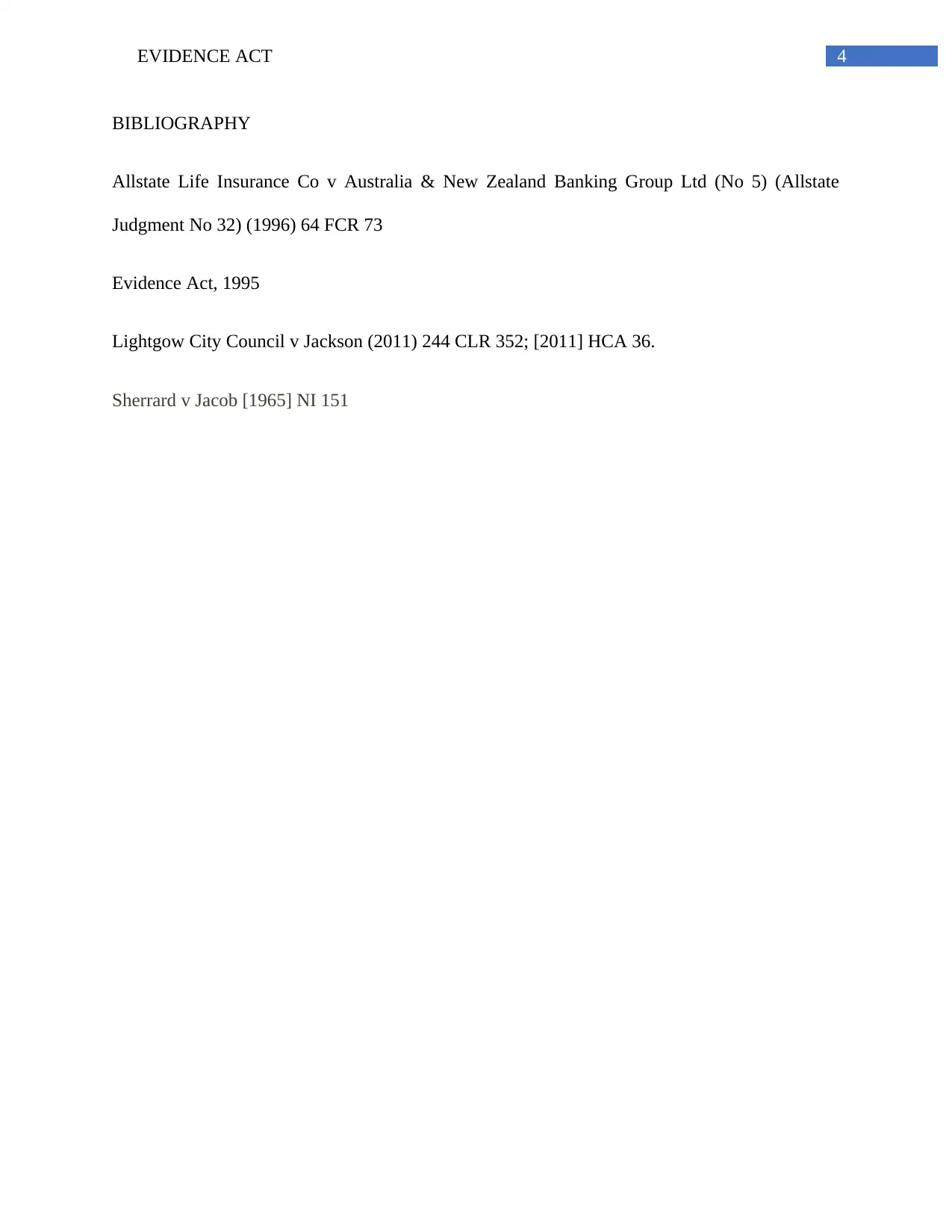



![[object Object]](/_next/static/media/star-bottom.7253800d.svg)